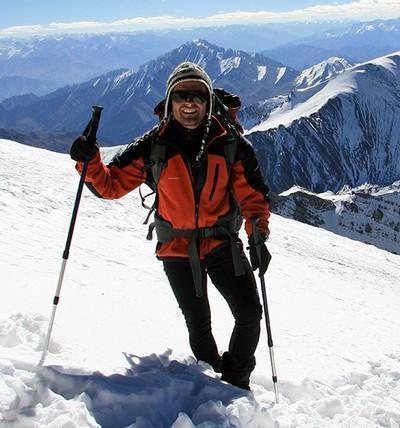There are many important things to consider before attempting to steer a snowboard. One of the first things to do is pay attention to your body movements and correct them as necessary. Look in the direction you want to go. If you become distracted while snowboarding, your feet will follow your gaze instead of going where you want to go.
Stance on a Snowboard
When snowboarding, it is important to learn the proper stance on a snowboard in order to have maximum control. Proper stance can make a huge difference when you are trying to navigate a steep hill or a deep powder field. The width of your stance will determine how easily you can pivot or turn on your board.
Some snowboarders prefer a centred stance, while others prefer a setback stance. In both cases, you'll have more balance and a better chance of landing tricks and large drops. In addition to this, you'll have an easier time launching into a switch and getting in and out of the board. If your stance is not suited to your riding style, you can always change it and continue to get the same benefits.
As you practice riding, you'll develop a routine, or "stance" as snowboarders call it. The ideal stance is the one that feels most comfortable. By adjusting the bindings and changing the position of your feet, you can find the perfect stance that fits your body type and personal preference. If you're unsure of your stance, try it out on the snow or in your own home.
Stance Width
When steering a snowboard, the width of your stance is an important consideration. If it's too wide, you'll find it harder to control your board and will have difficulty manoeuvring. Conversely, if it's too narrow, you'll have difficulty balancing on your board, and you'll have difficulty making tight snowboard turns.
To find your ideal stance width, first measure the distance between your feet. Then, turn your bindings to the desired angle. When you're finished, tighten them and tug on them a little to make sure they are secure. Once you're satisfied with the angle, you're ready to head out for a day of riding!
Your stance width should match your binding angle. You want to be centered in the board and your feet should be evenly separated from one another. This is often achieved by shifting the binding disks. You should not tighten the screws all the way before adjusting your bindings. Now, strap your boots into your bindings. Slide them back and forth across the board to check the distance from the toeside and heelside edges. Once you're satisfied with the distance, tighten the screws and your ski boots are secure.
Stance Angle
One of the first steps to improving your snowboarding is to improve your stance angle. A good snowboard stance will give you a floaty feeling while you're riding and will allow you to enjoy those face shots in the powder. It's also important to make sure that your snowboard bindings are properly fitted to your board. When bindings don't fit properly, they can cause drag on the slopes.
Your stance angle when steering a snowboard should be at least 45 degrees. It's the middle point between 0 degrees and 90 degrees, and it should give you a good leverage compromise. You can also tailor your stance angle to your boot size and your riding style. Remember to factor in your past experience, your ability and the level of your knowledge about snowboard equipment.
A wide stance causes more pressure on one point, and a narrow stance puts pressure on two. This means that your board will not flex evenly, resulting in a choppy ride and a decrease in grip on hard snow.
Turning a Snowboard With the Front or Back Foot
Turning a snowboard with either the front or back foot is a crucial part of riding the mountain. It helps you maintain balance and get the right angulation for the turn. If you're a beginner, it's normal to fall a few times before you find your footing. The key is to practice turning properly and slowly. You should also be sure to stay centered on the board and open your hips.
When learning to turn a snowboard with the front or back foot, the first thing to do is to stand flat on your board and bend your knees. When doing this, your weight should be evenly distributed over both feet. Once you get used to this position, you should move on to toeside turns. Toeside turns require you to extend your legs and your ankles. You should also push your heel edge upward to prevent the board from moving backwards as you turn.
To turn a snowboard with the front foot, start by pushing the heel of your front foot into the snow. You should feel the edge grip the snow as you step forward. After that, shift your weight to the front foot and push your knee down towards the snow. The front foot will help you to move the snowboard faster when you're turning. Remember not to transfer pressure to your back foot because doing so will slow you down.





